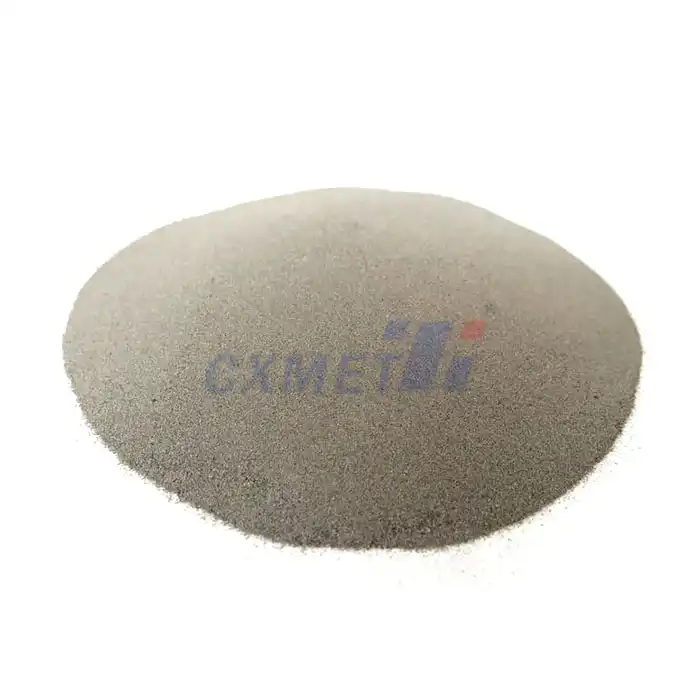- English
- French
- German
- Portuguese
- Spanish
- Russian
- Japanese
- Korean
- Arabic
- Greek
- German
- Turkish
- Italian
- Danish
- Romanian
- Indonesian
- Czech
- Afrikaans
- Swedish
- Polish
- Basque
- Catalan
- Esperanto
- Hindi
- Lao
- Albanian
- Amharic
- Armenian
- Azerbaijani
- Belarusian
- Bengali
- Bosnian
- Bulgarian
- Cebuano
- Chichewa
- Corsican
- Croatian
- Dutch
- Estonian
- Filipino
- Finnish
- Frisian
- Galician
- Georgian
- Gujarati
- Haitian
- Hausa
- Hawaiian
- Hebrew
- Hmong
- Hungarian
- Icelandic
- Igbo
- Javanese
- Kannada
- Kazakh
- Khmer
- Kurdish
- Kyrgyz
- Latin
- Latvian
- Lithuanian
- Luxembou..
- Macedonian
- Malagasy
- Malay
- Malayalam
- Maltese
- Maori
- Marathi
- Mongolian
- Burmese
- Nepali
- Norwegian
- Pashto
- Persian
- Punjabi
- Serbian
- Sesotho
- Sinhala
- Slovak
- Slovenian
- Somali
- Samoan
- Scots Gaelic
- Shona
- Sindhi
- Sundanese
- Swahili
- Tajik
- Tamil
- Telugu
- Thai
- Ukrainian
- Urdu
- Uzbek
- Vietnamese
- Welsh
- Xhosa
- Yiddish
- Yoruba
- Zulu
How Does Hafnium Wire Compare to Tungsten Wire in High-Temperature Environments?
2025-04-15 14:11:08
In the world of high-temperature applications, the choice of materials for wire components is crucial. Two metals that often come into consideration are hafnium and tungsten. Both possess unique properties that make them suitable for extreme heat conditions, but they also have distinct characteristics that set them apart. This blog post will explore the comparison between hafnium wire and tungsten wire in high-temperature environments, delving into their properties, applications, and performance under extreme conditions.
|
|
|
What are the key differences in melting points between hafnium and tungsten?
One of the most critical factors in evaluating materials for high-temperature applications is their melting point. Hafnium and tungsten both have impressively high melting points, but there are significant differences between the two.
Tungsten boasts the highest melting point of all metals at approximately 3,422°C (6,192°F). This extraordinary heat resistance is one of the primary reasons why tungsten is widely used in high-temperature applications. Its ability to maintain structural integrity at extreme temperatures makes it an ideal choice for various industrial processes, including lighting filaments, heating elements, and aerospace components.
Hafnium, while not quite reaching the melting point of tungsten, still has an impressively high melting point of about 2,233°C (4,051°F). This temperature is well above that of many other metals and alloys, making hafnium a viable option for numerous high-temperature applications. The difference in melting points between hafnium and tungsten is approximately 1,189°C (2,141°F), which can be significant in certain extreme environments.
The higher melting point of tungsten gives it an advantage in applications where temperatures approach or exceed 2,200°C. In these scenarios, tungsten wire remains solid and maintains its structural integrity, while hafnium wire would begin to soften or melt. However, it's important to note that the melting point is not the only factor to consider when choosing between these materials.
Despite its lower melting point compared to tungsten, hafnium still outperforms many other metals in high-temperature environments. Its melting point is higher than that of steel, titanium, and even platinum, making it a suitable choice for applications where these metals would fail due to heat-induced degradation.
How do hafnium and tungsten compare in terms of electrical conductivity at high temperatures?
Electrical conductivity is another pivotal property to consider when comparing hafnium and tungsten wires, particularly in high-temperature situations. Both metals show curiously behavior in terms of their electrical properties as temperatures increase.
Tungsten is known for its generally tall electrical conductivity, which is almost 28% that of copper at room temperature. As temperature increments, the electrical resistivity of tungsten too increments, taking after a about direct relationship. This unsurprising behavior makes tungsten an fabulous choice for applications where reliable electrical execution is required over a wide temperature range.
At tall temperatures, tungsten's electrical conductivity diminishes, but it remains adequately conductive for numerous applications. This property, combined with its tall softening point, makes tungsten wire perfect for utilize in glowing light bulbs, where it can withstand the warm produced by electrical current whereas proceeding to conduct power efficiently.
Hafnium, on the other hand, has a lower electrical conductivity compared to tungsten at room temperature. Its conductivity is around 4% that of copper. Be that as it may, hafnium shows a few interesting electrical properties at hoisted temperatures. As the temperature increments, hafnium's electrical resistivity rises more gradually than that of numerous other metals, counting tungsten.
This slower increment in resistivity implies that hafnium wire may keep up its electrical conductivity more viably than tungsten wire at certain tall temperatures. This property can be invaluable in particular applications where keeping up electrical execution at raised temperatures is crucial.
It's worth noticing that the electrical properties of both hafnium and tungsten can be impacted by components such as virtue, alloying components, and fabricating forms. These variables can lead to varieties in execution and ought to be considered when selecting materials for particular high-temperature electrical applications.
|
|
|
What are the main applications where hafnium wire outperforms tungsten wire in high-temperature settings?
While tungsten wire is often the go-to choice for many high-temperature applications due to its exceptional melting point and well-understood properties, there are several scenarios where hafnium wire can outperform tungsten. Understanding these applications is crucial for engineers and materials scientists working on advanced high-temperature systems.
One area where hafnium wire shows superior performance is in nuclear reactors, particularly in control rod applications. Hafnium has a high neutron-absorption cross-section, making it an excellent material for controlling nuclear reactions. Its ability to maintain structural integrity at high temperatures while effectively absorbing neutrons gives it a significant advantage over tungsten in this specific application.
Hafnium wire also finds use in certain aerospace applications, particularly in rocket nozzles and thruster components. The combination of hafnium's high melting point, good strength at elevated temperatures, and excellent resistance to oxidation makes it well-suited for these extreme environments. In some cases, hafnium's performance in these applications can surpass that of tungsten, especially when considering factors like weight and oxidation resistance.
In the field of plasma cutting and welding, hafnium-tipped electrodes have shown superior performance compared to tungsten electrodes in certain conditions. Hafnium's ability to resist erosion and maintain a stable arc at high temperatures can lead to longer electrode life and improved cutting or welding quality in some applications.
Another area where hafnium wire may outperform tungsten is in certain high-temperature sensor applications. Hafnium's unique combination of electrical properties and high-temperature stability makes it suitable for sensors that need to operate reliably in extreme heat conditions. In some cases, hafnium-based sensors can provide more accurate and stable readings than their tungsten counterparts at very high temperatures.
It's important to note that while hafnium wire does excel in these specific applications, the choice between hafnium and tungsten often depends on a complex interplay of factors including temperature range, environmental conditions, cost considerations, and specific performance requirements. In many high-temperature applications, tungsten wire remains the preferred choice due to its higher melting point and well-established manufacturing processes.
In conclusion, both hafnium and tungsten wires have their places in high-temperature environments. Tungsten's exceptionally high melting point and good electrical conductivity make it a versatile choice for a wide range of applications. Hafnium, while having a lower melting point, offers unique advantages in specific high-temperature scenarios, particularly where factors like neutron absorption, oxidation resistance, or specific electrical properties are crucial. As technology continues to advance, the understanding and application of these materials in extreme environments will likely evolve, potentially opening up new possibilities for both hafnium and tungsten wires in high-temperature applications.
At SHAANXI CXMET TECHNOLOGY CO., LTD, we take pride in our extensive product range, which caters to diverse customer needs. Our company is equipped with outstanding production and processing capabilities, ensuring the high quality and precision of our products. We are committed to innovation and continuously strive to develop new products, keeping us at the forefront of our industry. With leading technological development capabilities, we are able to adapt and evolve in a rapidly changing market. Furthermore, we offer customized solutions to meet the specific requirements of our clients. If you are interested in our products or wish to learn more about the intricate details of our offerings, please do not hesitate to contact us at sales@cxmet.com. Our team is always ready to assist you.
|
|
|
|
References
1. Lassner, E., & Schubert, W. D. (1999). Tungsten: properties, chemistry, technology of the element, alloys, and chemical compounds. Springer Science & Business Media.
2. Douglass, D. L., & Kofstad, P. (1983). The oxidation of hafnium. Journal of the Less Common Metals, 91(1), 97-117.
3. Savitskii, E. M., Burkhanov, G. S., & Povarova, K. B. (1970). Hafnium. In Metal Science and Heat Treatment (pp. 1-11). Springer, Boston, MA.
4. Gusev, A. I. (2011). Phase equilibria, phases and compounds in the Hf–O system. Russian Chemical Reviews, 80(12), 1211.
5. Bauccio, M. (Ed.). (1993). ASM metals reference book. ASM international.
6. Samsonov, G. V. (Ed.). (2013). The oxide handbook. Springer Science & Business Media.







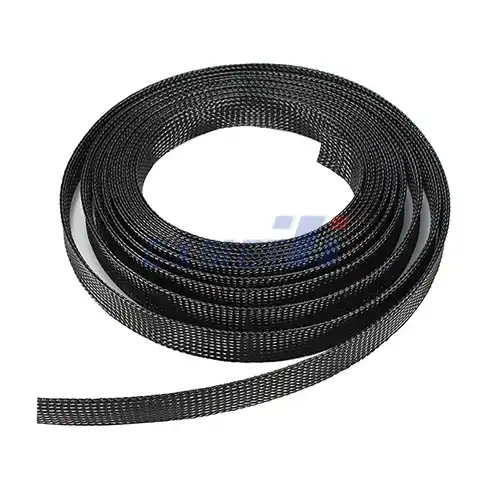
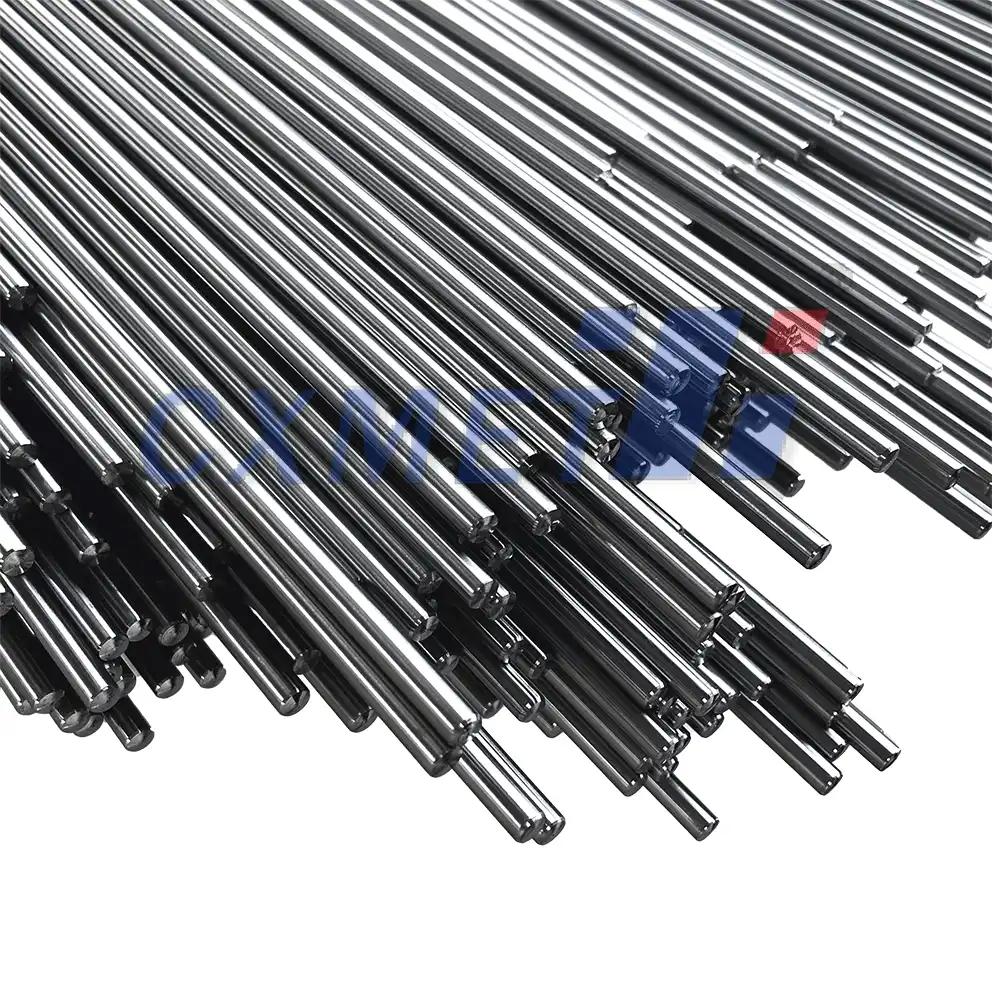
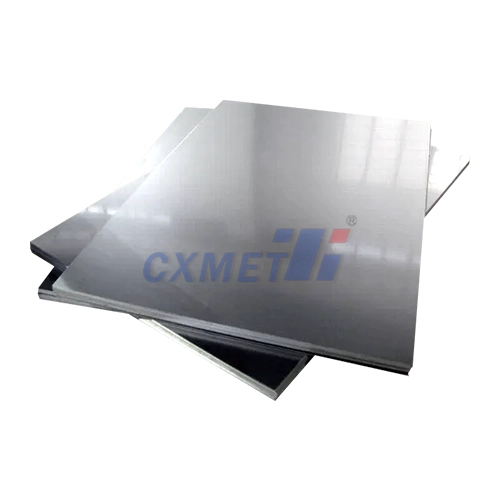
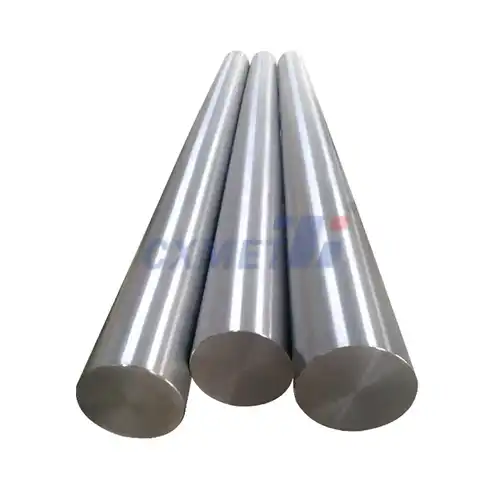
.webp)
